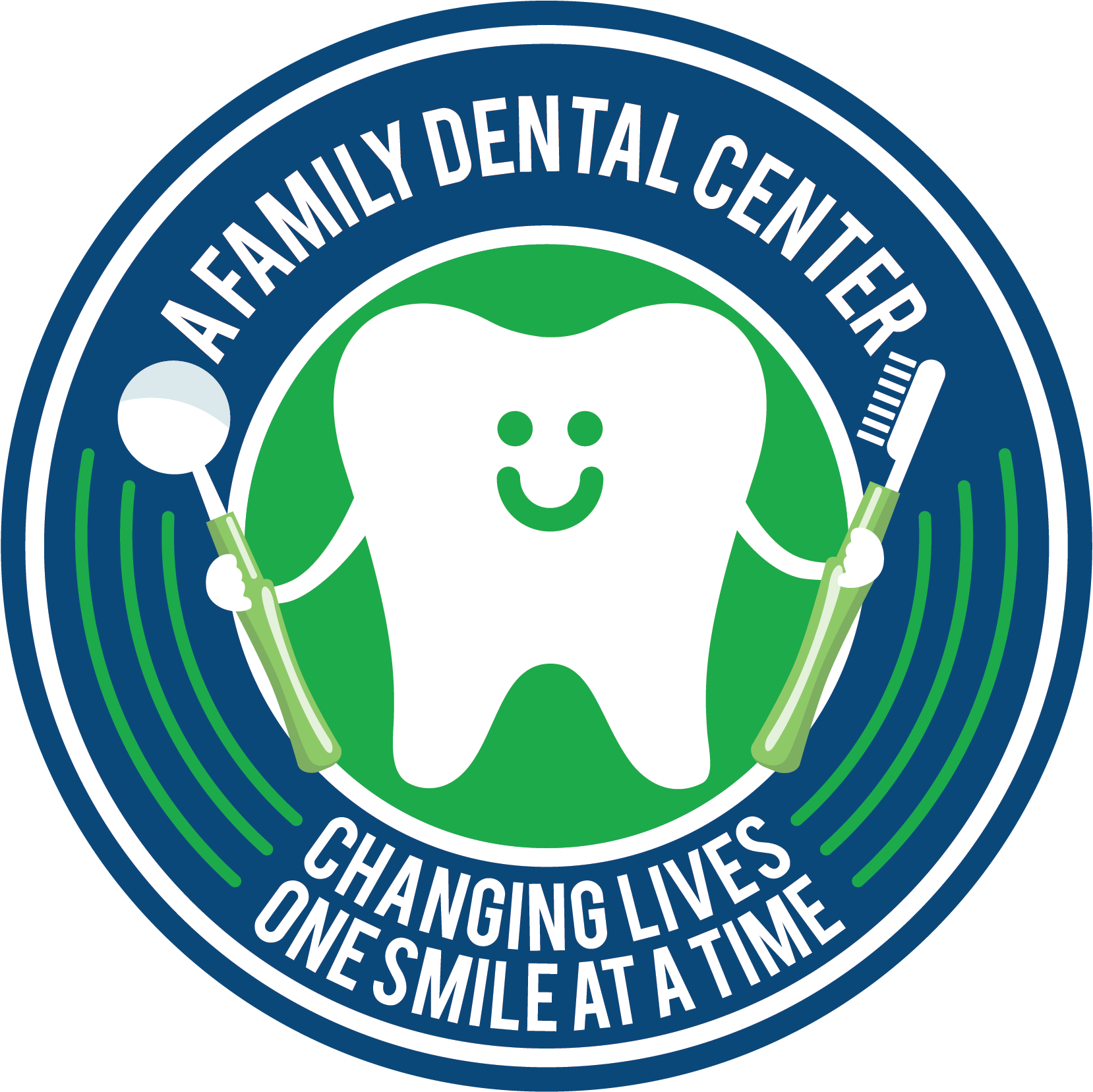
Recovery After a Dental Crown Procedure
Accidents and injuries can leave your teeth weak and vulnerable to cavities and might require some protection. This is where a dental crown procedure comes in. This painless treatment is used by the dentist in Kennewick, WA, to offer protection, restore your tooth’s shape and cover the tooth. It is an alternative that the family dentist near you can recommend after a tooth filling has failed. This article will give you all the vital information concerning a dental crown procedure and how long it will take for you to recover from this treatment process.
Dental Crown Procedures
There are two dental crown procedures; one is where the dentist will fix the dental crown in one day, whereas in the other, you will have to visit the dentist for two appointments to get the job done.
For the one-day crown installation, the dentist utilizes computer-aided software to design a custom-made crown that will fit well on your teeth. This procedure will take approximately 15 minutes, and the dental crown will be ready.
For the two-day dental appointment, the first visit involves the dentist taking x-rays of your tooth and jawbone to determine if there are signs of decay and other issues that could hinder the success of the treatment. If you have a missing tooth or teeth, the dentist can recommend a tooth bridge that could go well with the dental crowns as they will be able to replace the missing teeth. Tooth bridges are used where there is a dental arch caused by a missing tooth.
The next process is reshaping the tooth to allow room for the crown. The amount of tooth to be reshaped is dependent on the type of crown that will be used. For instance, metallic crowns are thinner than porcelain crowns, which means they require less space.
After the reshaping is done, an impression of the affected tooth is taken to ensure it matches well with the patient’s bite. An impression is made using a paste that will hold the tooth’s shape. Moreover, the dentist also records the color of your tooth to match the color of the surrounding teeth. You wouldn’t want to have one tooth that is whiter than the rest.
The dentist puts a temporary crown to protect your tooth before the permanent crown is constructed.
Once the permanent crown is made in the laboratory, you are notified so that the dentist can place it over your tooth. At the second visit, the dentist will check how well the crown fits on your tooth and your bite.
During the dental crown installation, the dentist will numb the area where the dental crown will be placed. The next step is to fix the crown over your tooth and cement it using dental cement. Small adjustments can be made to ensure the patient’s bite is not affected.
Dental Crown Aftercare
There are guidelines that your dentist will give you once the dental crown is in place. First, you should avoid sticky and hard foods during the first twenty-four hours after the dental crown therapy. This is because eating hard foods can dislodge the crown.
On top of that, it is important to take care of your oral health as it dictates how fast you will recover from the treatment. For example, you should gently use your dental floss by sliding it after use instead of lifting it as you can dislodge the dental crown.
It would be best if you also used a warm saltwater rinse for the first few days after installing the crown. The warm salt water rinse is important as it reduces the bacteria in the mouth and keeps bad breath at bay.
However, you might feel some discomfort after the anesthesia begins to wear off, which is usually normal. Although this is the case, if the sensitivity or discomfort persists, notify the emergency dentist near you so that he can take a look at your tooth to ensure no decay was left on the tooth.
If you follow the above guidelines, your tooth will be good after a few days. However, look out for any allergic reaction that can affect your gums and head to A Family Dental Centre, and our dentists will fix the problem for you.
